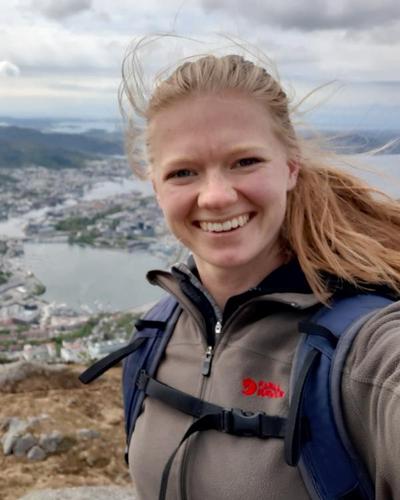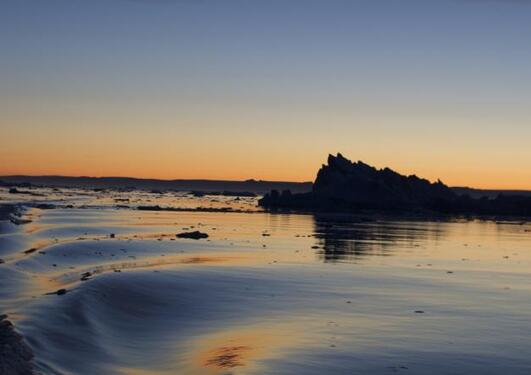- E-mailMaaike.Zwier@uib.no
- Visitor AddressThormøhlens gate 53 A/B5006 Bergen
- Postal AddressPostboks 78035020 Bergen
My research is focused on creating reconstructions of vegetation and climate for the Late glacial and Holocene period. I analyze pollen and plant macrofossils from sediments collected in lake and bog environments. Combining these records with other proxies such as loss-on-ignition and a good chronology provides information on interactions between the landscape, climate and vegetation. Previously I have worked with North-Western European sites. Currently I am focusing on multiple islands in the Southern Ocean as part of the 'Effects and Responses to changing environments in the Sub-Antarctic' (CHANGE) project.
- (2024). Holocene changes in the position of the Southern Hemisphere Westerlies recorded by long-distance transport of pollen to the Kerguelen Islands. Quaternary Science Reviews.
- (2022). Stable Southern Hemisphere westerly winds throughout the Holocene until intensification in the last two millennia. Communications Earth & Environment. 13 pages.
- (2021). Pollen evidence of variations in Holocene climate and Southern Hemisphere Westerly Wind strength on sub- Antarctic South Georgia. The Holocene.
- (2021). 30,000 years of landscape and vegetation dynamics in a mid-elevation Andean valley. Quaternary Science Reviews.
- (2022). Holocene vegetation and climate variability inferred from lake sediment records in the sub-Antarctic.
- (2022). Applications of palynology and X-ray fluorescence spectrometry .
- (2021). Reconstructing past environments in the sub-Antarctic.
- (2023). Terrestrial paleo proxies.
- (2023). Long-distance transported pollen record from sub-Antarctic Kerguelen shows Southern Hemisphere Westerly Wind dynamics during the Holocene.
- (2023). Holocene leaf wax isotopes from South Georgia reveal unprecedented shifts in Southern Westerlies during Common Era.
- (2023). Exotic pollen reveals Holocene wind dynamics in the sub-Antarctic.
- (2022). Palynological evidence of Holocene climate variability and Southern Hemisphere Westerly Wind dynamics in the sub-Antarctic.
- (2022). Palynological evidence of Holocene climate variability and Southern Hemisphere Westerly Wind dynamics in the sub-Antarctic.
- (2022). Holocene vegetation variability on sub-Antarctic islands: Palynological inferred climate reconstructions.
- (2022). Holocene vegetation and climate variability inferred from lake sediment records in the sub-Antarctic.
- (2021). Southern Hemisphere Westerly Winds and Holocene climate variability on sub-Antarctic South Georgia.
- (2020). Pollen inferred Holocene vegetation and climate variability on sub-Antarctic South Georgia.
- (2021). A strong breeze and chance of storms: How we used pollen to create a wind forecast from 10,000 years ago. sciencenorway.no.
- (2020). Research on remote islands – Where your closest neighbor is an astronaut. http://www.scisnack.com/.
- (2020). How tiny algae highlight our current climate problems. BES Palaeoecology Special Interest Group.
- (2020). Holocene climate variability on sub-Antarctic South Georgia.
More information in national current research information system (CRIStin)
The CHANGE project.
Effects and responses to changing environments in the Sub-Antarctic (CHANGE) is a three-year project funded by the Department of Biological Sciences, University of Bergen.

